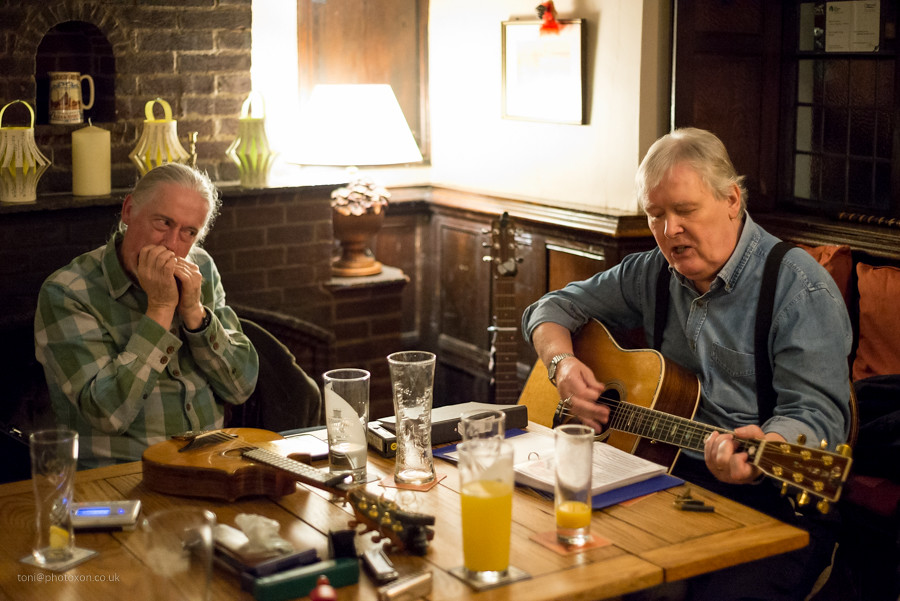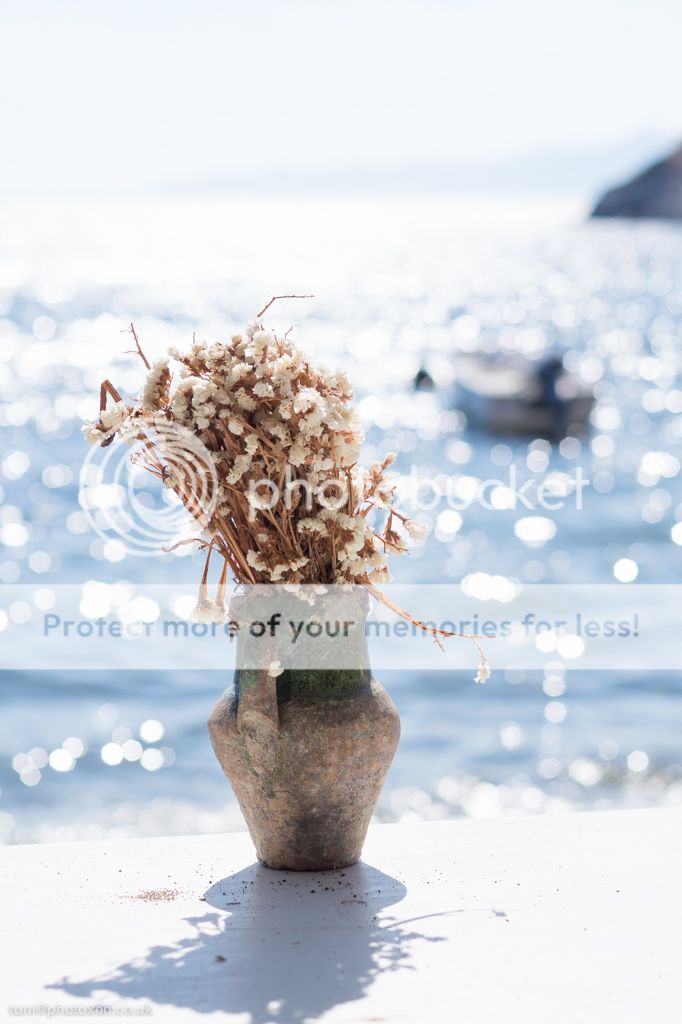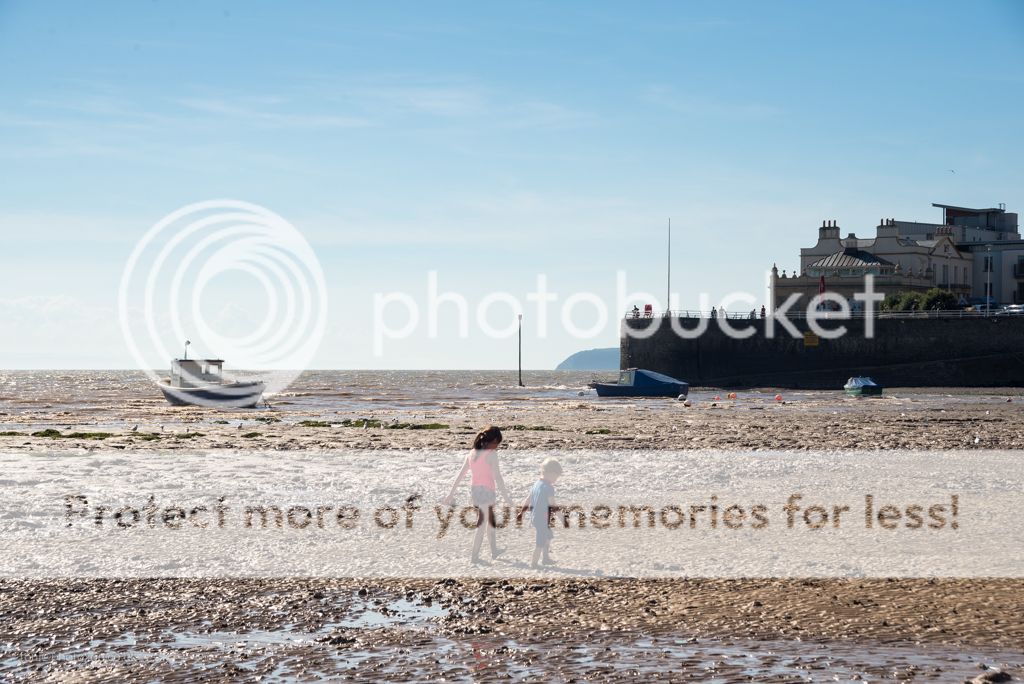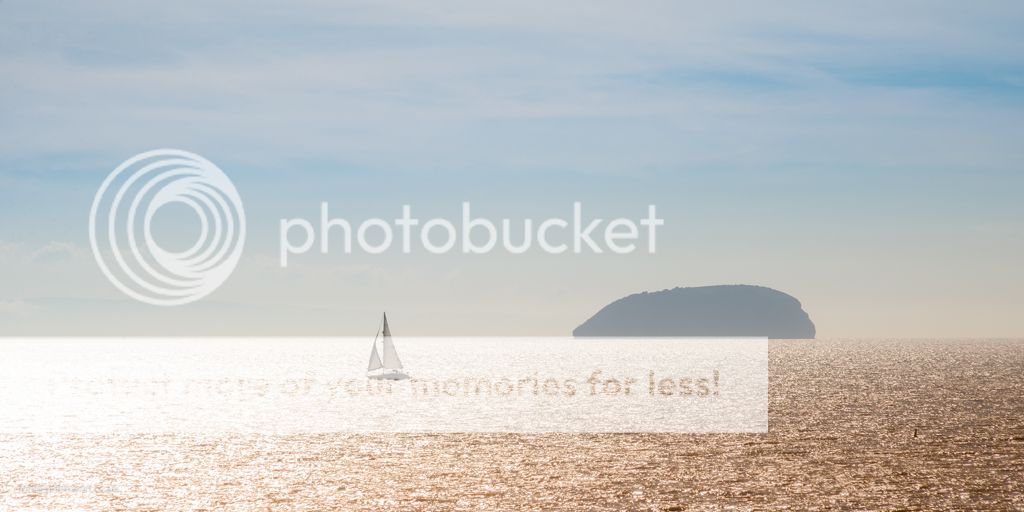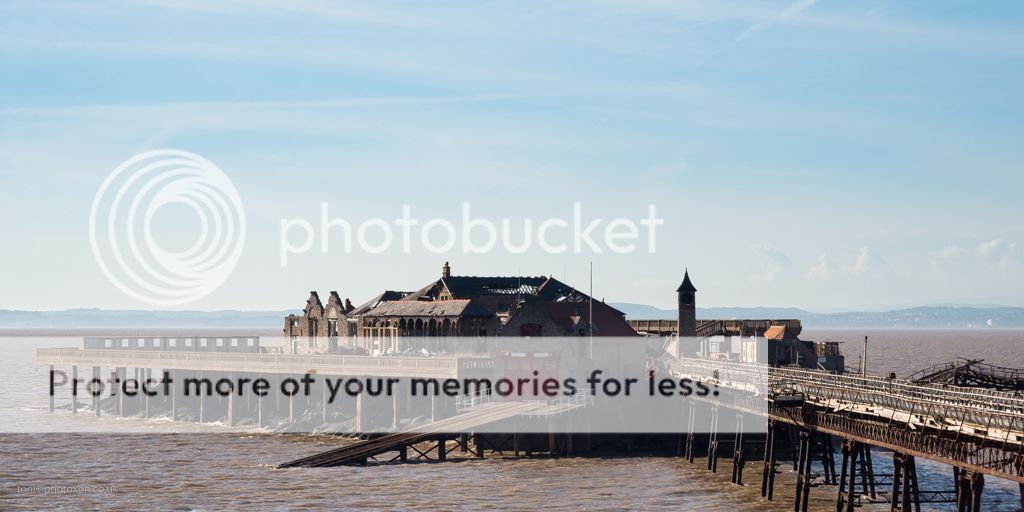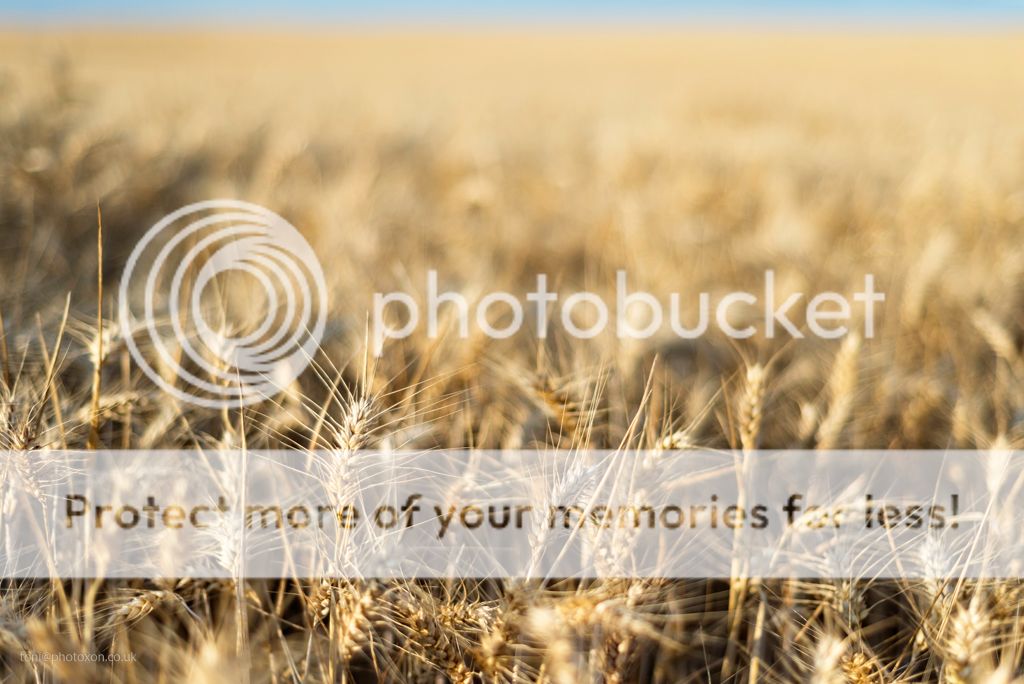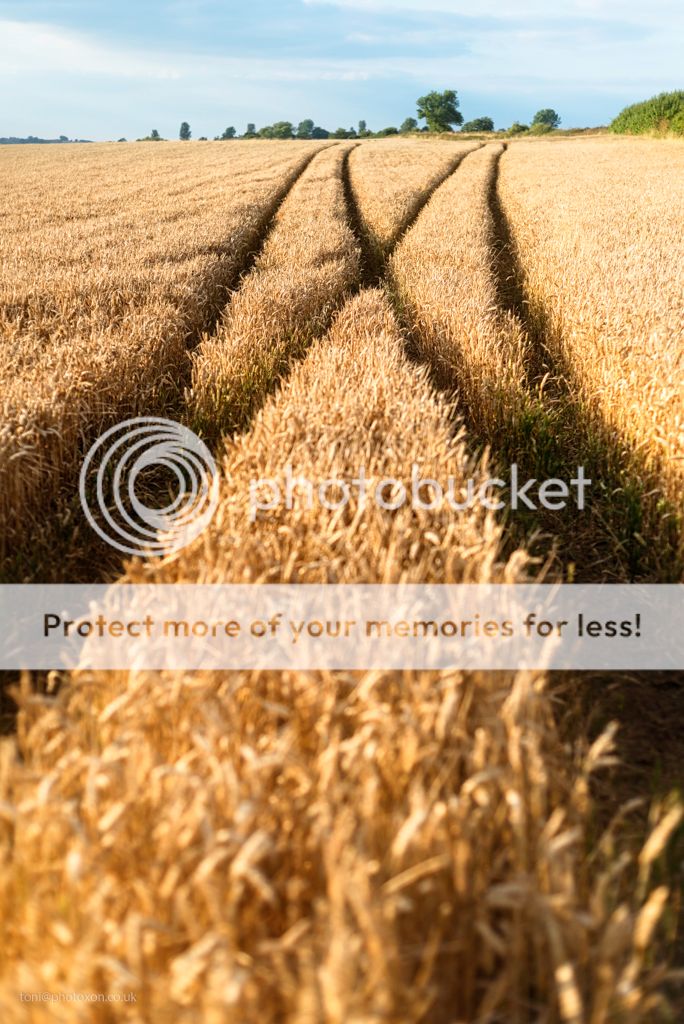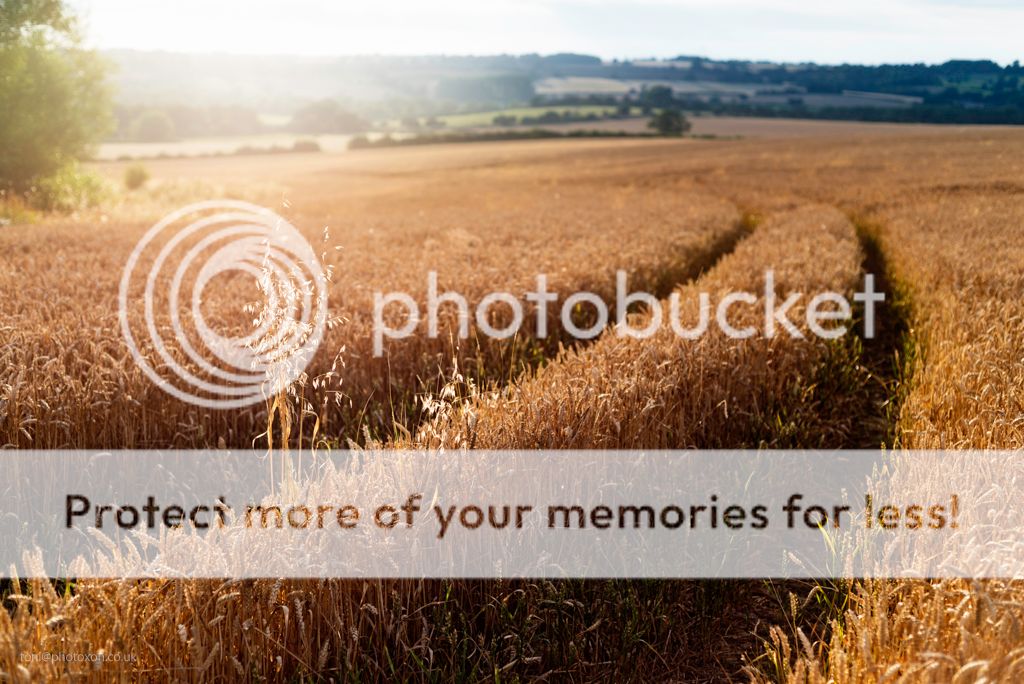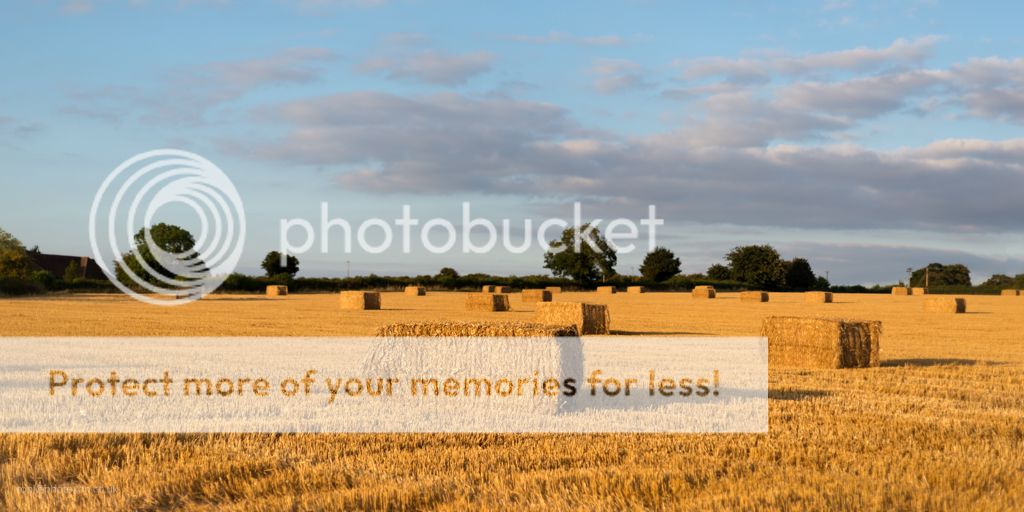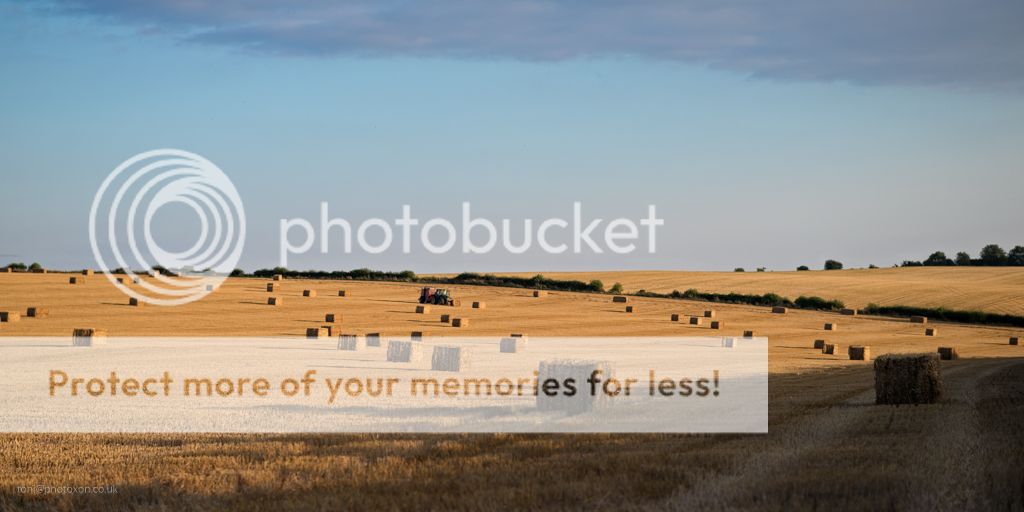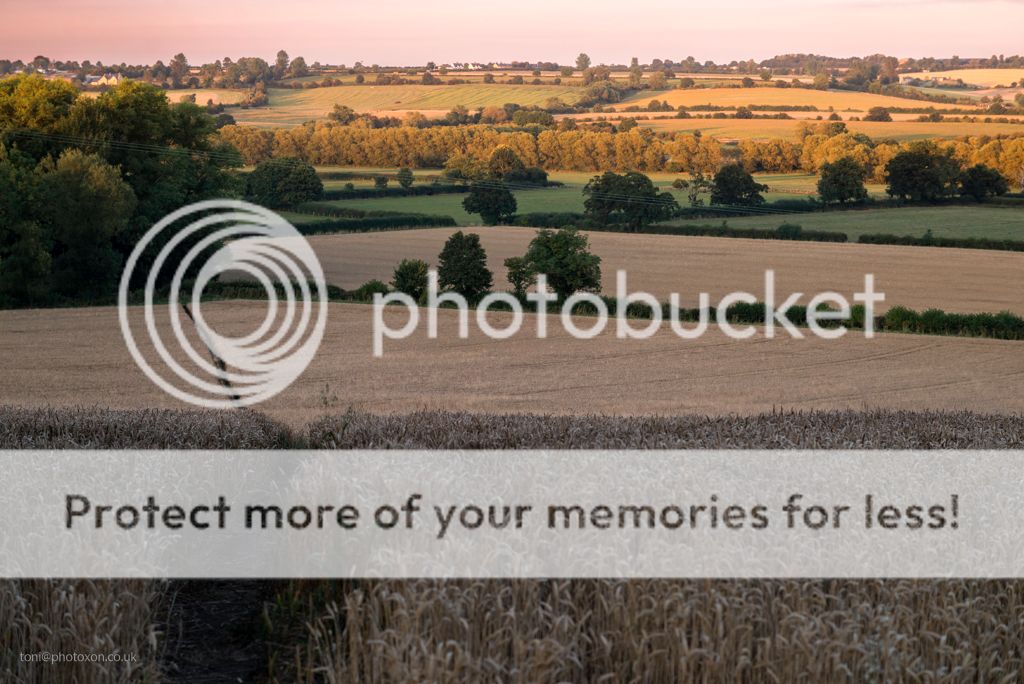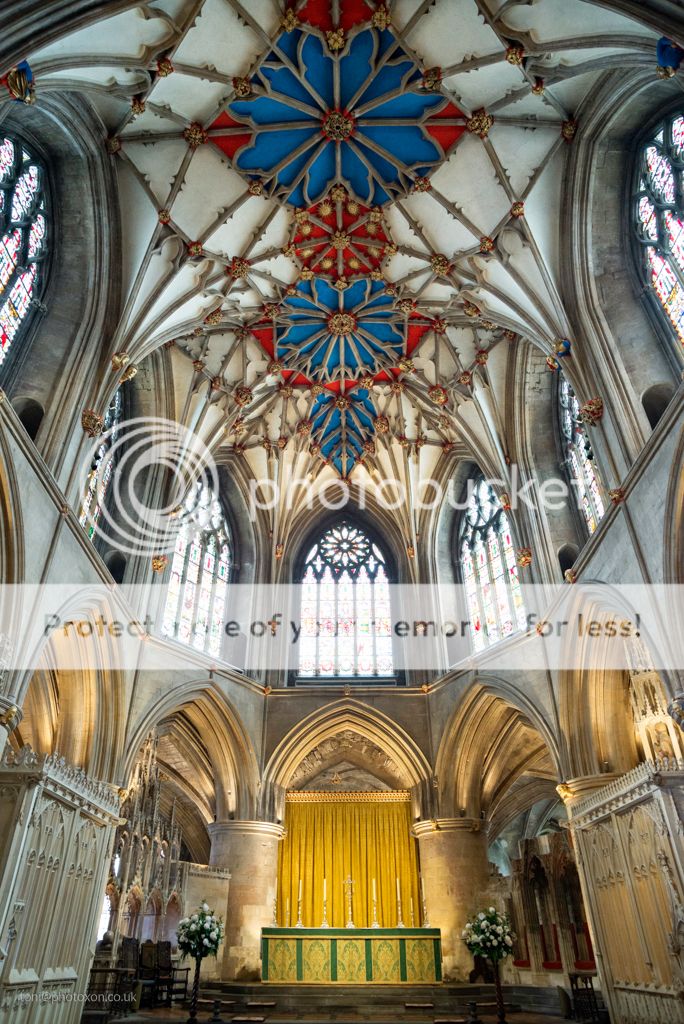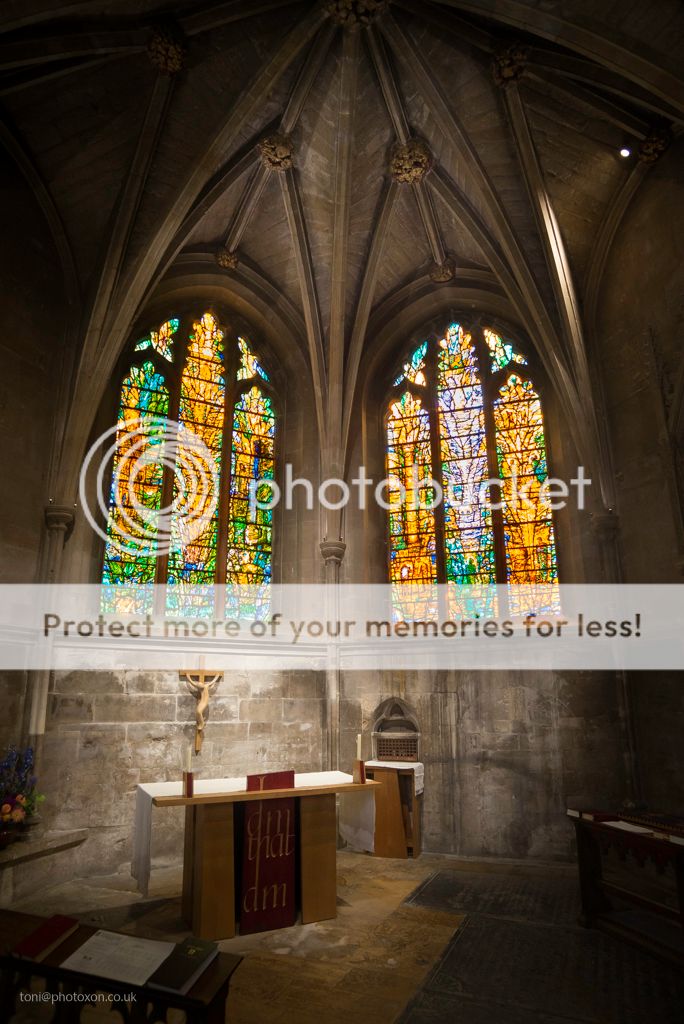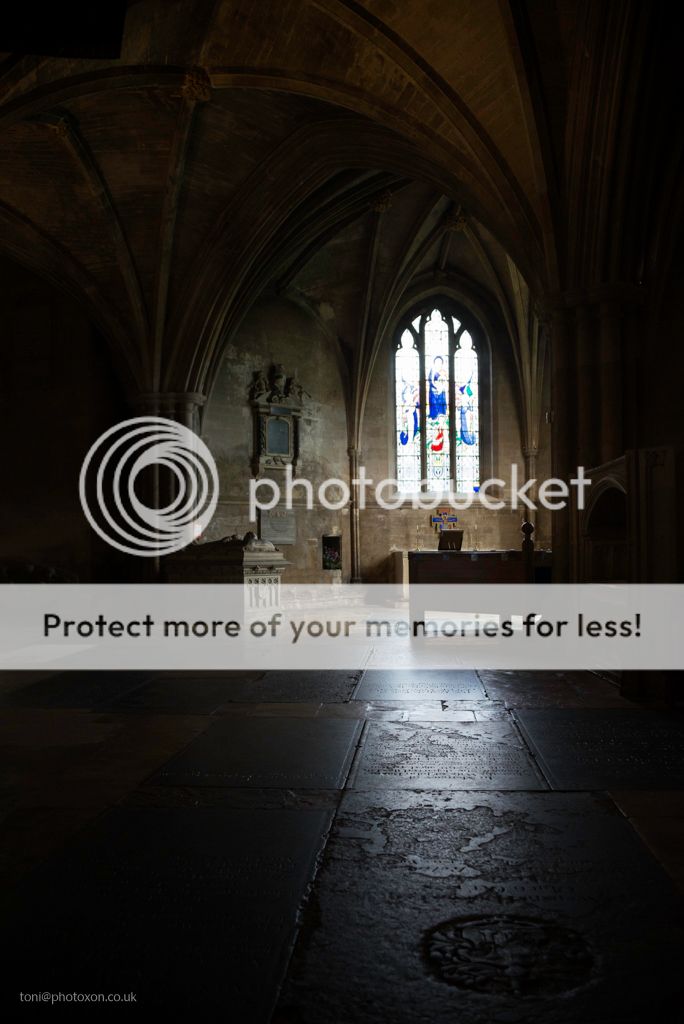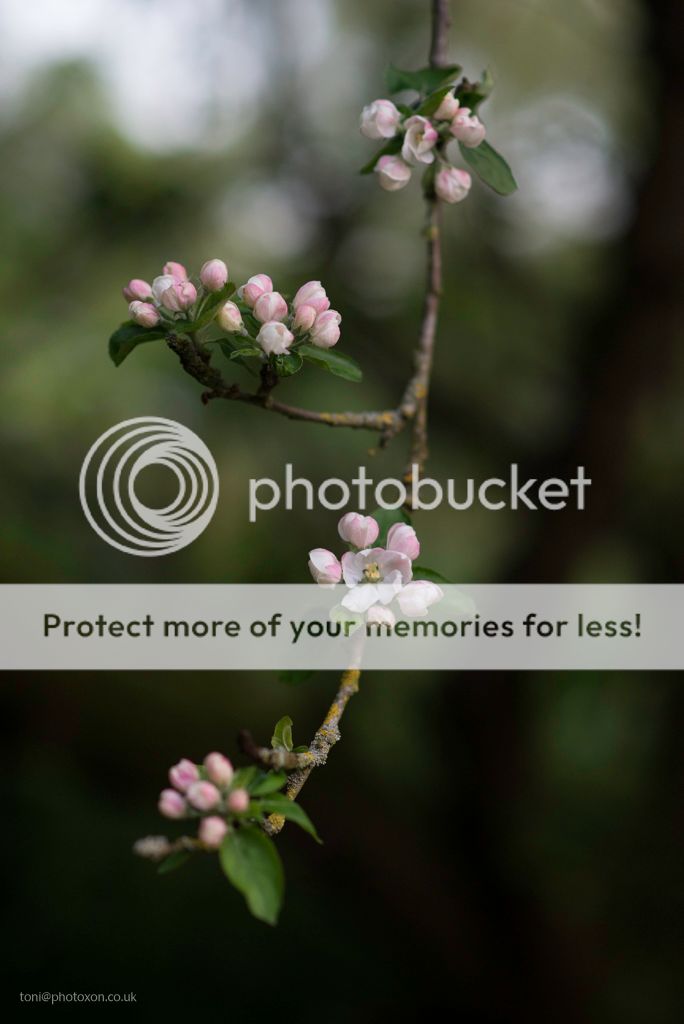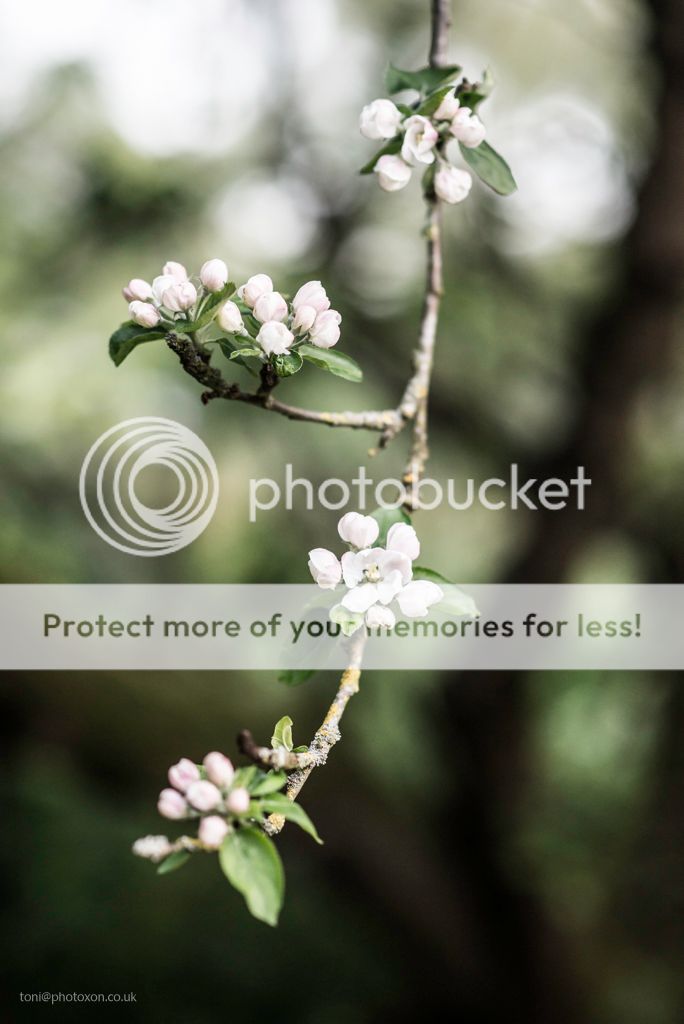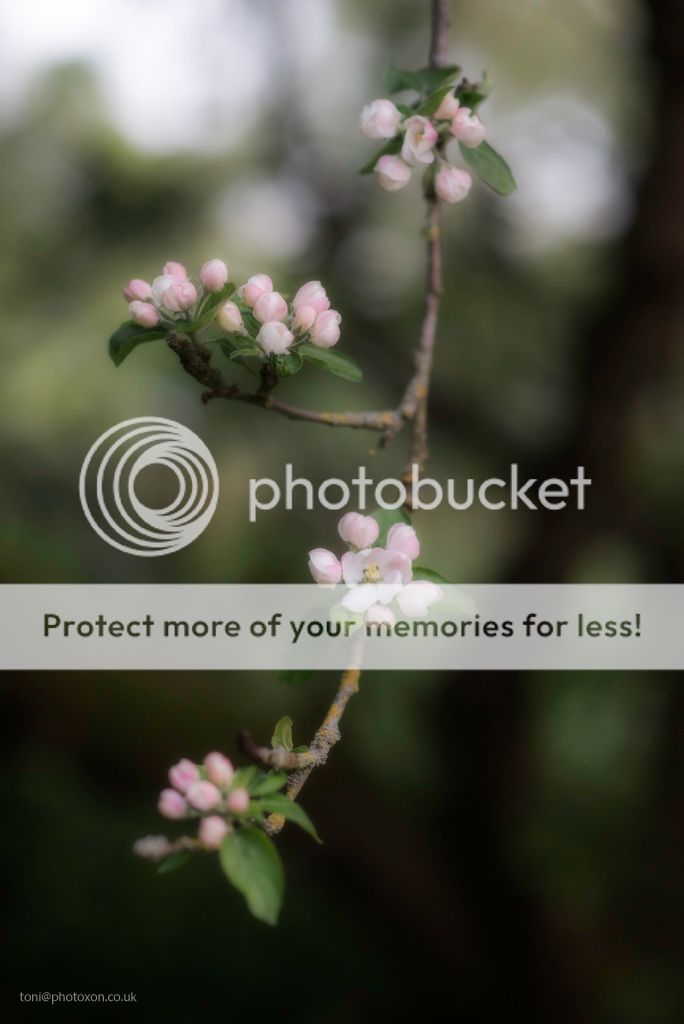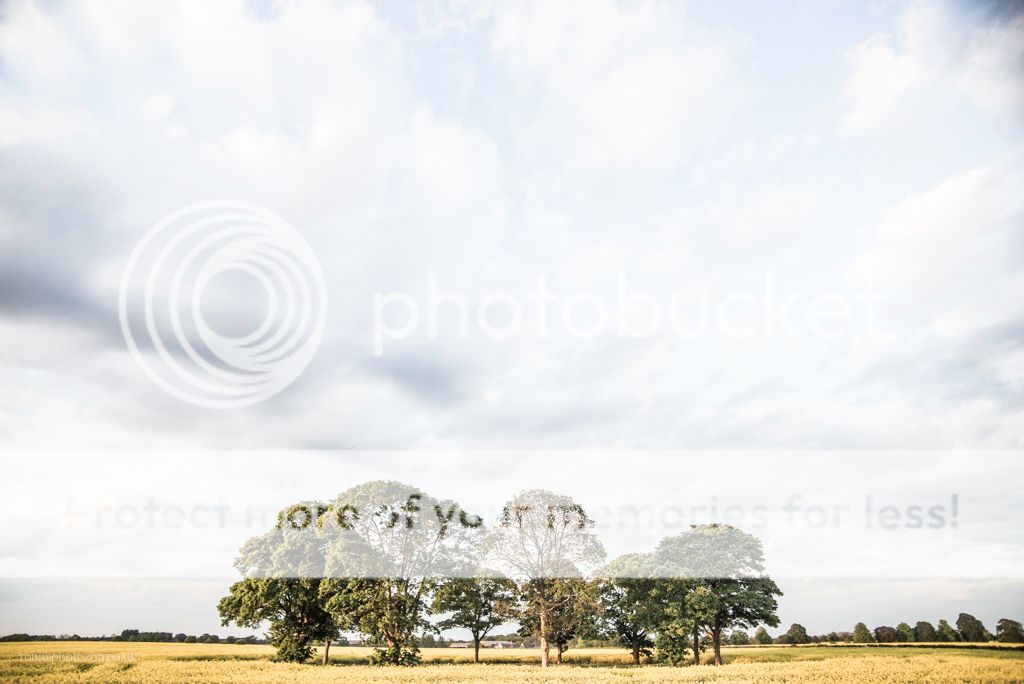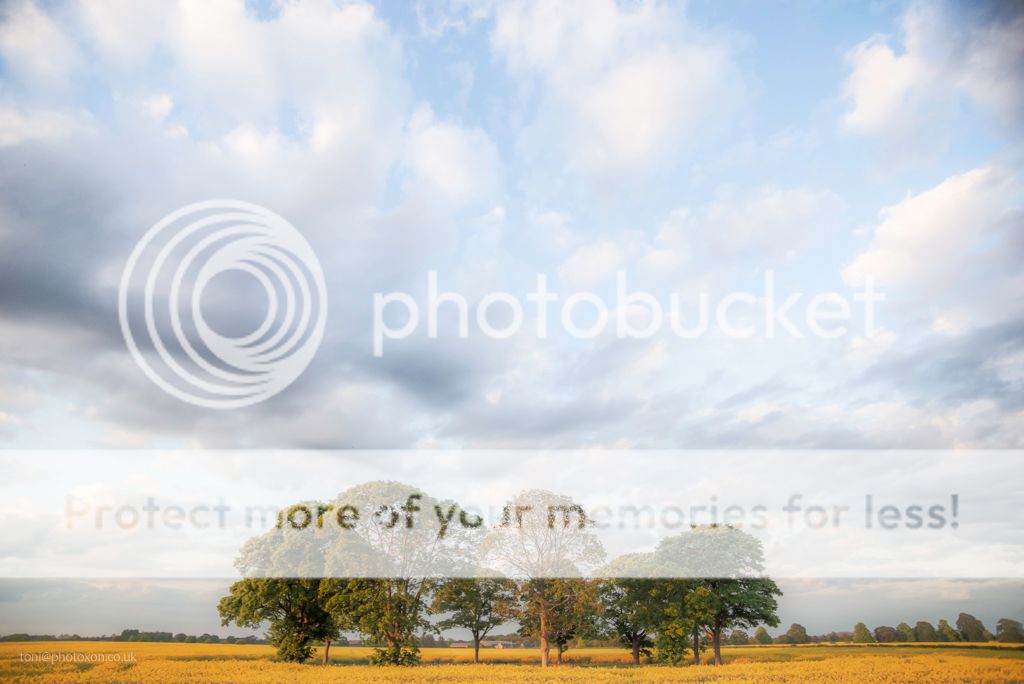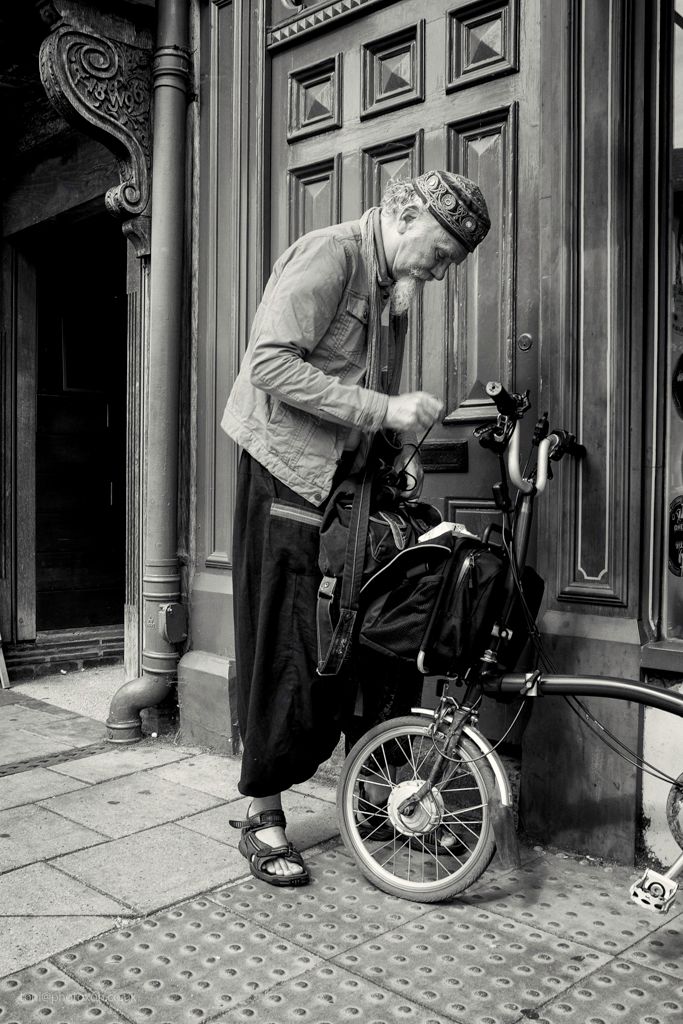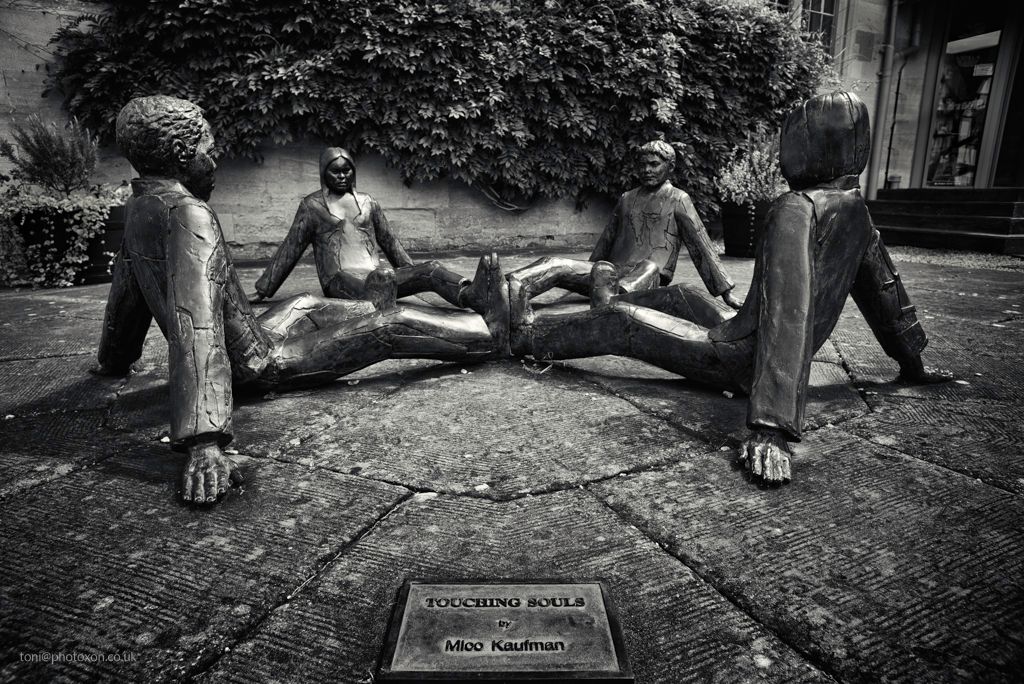A few quick photos from the Christmas light trail at Blenheim palace:
From the Flickr album here.
Shot using the D610 with standard 50mm f1.8 lens at 6400 asa. That 'river of lava' is actually the waterfall.
Wednesday 28 December 2016
Sunday 18 December 2016
Bradford on Avon
Is a small, attractive town in Wiltshire, about 8 miles from Bath.
We dropped by there for an hour last Sunday, after our very wet Saturday in Bath. It was around 10.30am, the sun was a little patchy, but when it did come through gave a lovely warm light, and we just enjoyed our wander through the town after the previous days miserable weather.
There is also a small Saxon church tucked away in the town (and another ancient church high on a hill that we didn't get to see) and the odd Christian symbol embedded in the local infrastructure.
Some time we'd like to go back, though it's a couple of hours drive to get there.
We dropped by there for an hour last Sunday, after our very wet Saturday in Bath. It was around 10.30am, the sun was a little patchy, but when it did come through gave a lovely warm light, and we just enjoyed our wander through the town after the previous days miserable weather.
There is also a small Saxon church tucked away in the town (and another ancient church high on a hill that we didn't get to see) and the odd Christian symbol embedded in the local infrastructure.
Some time we'd like to go back, though it's a couple of hours drive to get there.
Wednesday 14 December 2016
Went to Bath last Saturday.
It was a wash out (yeah, I know) with a miserable, wet Saturday and crowds so dense there were parts of the Christmas markets we couldn't actually reach. I did take some pictures of the city but, to be honest, they're dull and grey, however there's more than just a cityscape to a city.
Firstly, Lush had an attractive store assistant standing on a barrel puring bright pink frothy liquid back & forth between 2 jugs. And she was kind enough to smile at me.
Further into the city we walked past this window, stopped & did a double take. I like this photo because there's more than just the surface humour to it, and it was a little more than just a grab-shot.
Marc - I think Dixie would find this funny, if you showed her.
Firstly, Lush had an attractive store assistant standing on a barrel puring bright pink frothy liquid back & forth between 2 jugs. And she was kind enough to smile at me.
Further into the city we walked past this window, stopped & did a double take. I like this photo because there's more than just the surface humour to it, and it was a little more than just a grab-shot.
Marc - I think Dixie would find this funny, if you showed her.
Monday 5 December 2016
We all need to develop.
I like a variety of image development software, especially when it's free. DXO have just released DXO Optics Pro 9 elite version as a free download with Digitial Camera UK. Sign up for it here:
http://www.dxo.com/us/digitalcamerauk
Why use DXO Optics pro?
When I've used it, the software has given my images a more subtle, less gaudy look than I find instinctive with Lightroom, but also with great sharpness. There's nothing to choose between the capabilities of Lightroom and DXO, but their default settings are different, and the way the sliders work tends to push development in different directions.
Why not use DXO Optics Pro?
Version 8 (that I still have on this computer) was very slow to import folders and build previews, even when accessing the images on a SSD. Also images exported from DXO as DNG and TIFF format files displayed with different tonality in Lightroom when I imported them from the way they looked in DXO. I could deal with that OK and had a correction preset prepared, but my Nikon D610 camera (acquired a year ago now) was too new for version 8, and that killed it for me. However the D610 IS compatible with V9, so I'll probably re-start using it.
Since I'm talking about developing images, there's a couple of things worth mentioning.
Using the Nikon has changed my approach, though not my workflow, when processing images. While image sizes are only a little larger (24 vs 20Mpx) the RAW files are 50% larger, presumably containing more data or with less compression. This means that I can push images a little harder without seeing artifacts from processing, and particularly, means that I see benefits from increased sharpening - anything up to 120 units vs 75 max units for the Sony - is usable. This is partly down to the larger file sizes and possibly also down to the relatively low sharpness/contrast of lower spec Nikon glass. I've never failed to be disappointed by Nikon lenses compared to Sony/Minolta, and while sharp images can be had, it's not something that I can rely on.
The Nikon files themselves don't lend themselves to the bright, punchy images that came naturally from the Sony, which is a double-edged sword. It has reigned back an inclination to 'wind it up to 11' with the sliders, but does mean that if I want bright and punchy, it's easy to end up with something that look bad, rather than looking just a bit too bright.
Other software?
On-one Photo suite is still used, though less these days because the Nikon files don't always respond as well as those from the Sony, though layers can still be useful.The best features in effects are still dynamic contrast, glow, colour enhancer and the vignette tool. The mono conversions are also good, and are very effective as a *digital* mono tool.
Nik Silver Efex is my main mono conversion tool. As with everything its strengths are its great 'film-like' mono conversion quality and powerful tools (that don't always have as much precision as the maker suggests) to re-shape an image. Its weakness is that when pushed too hard for the image it causes really bad halos and can easily be over-used. I did fiddle with the rest of the tools in the suit, but TBH they offered no advantage over anything I already have while still having the halo problem.
http://www.dxo.com/us/digitalcamerauk
Why use DXO Optics pro?
When I've used it, the software has given my images a more subtle, less gaudy look than I find instinctive with Lightroom, but also with great sharpness. There's nothing to choose between the capabilities of Lightroom and DXO, but their default settings are different, and the way the sliders work tends to push development in different directions.
Why not use DXO Optics Pro?
Version 8 (that I still have on this computer) was very slow to import folders and build previews, even when accessing the images on a SSD. Also images exported from DXO as DNG and TIFF format files displayed with different tonality in Lightroom when I imported them from the way they looked in DXO. I could deal with that OK and had a correction preset prepared, but my Nikon D610 camera (acquired a year ago now) was too new for version 8, and that killed it for me. However the D610 IS compatible with V9, so I'll probably re-start using it.
Since I'm talking about developing images, there's a couple of things worth mentioning.
Using the Nikon has changed my approach, though not my workflow, when processing images. While image sizes are only a little larger (24 vs 20Mpx) the RAW files are 50% larger, presumably containing more data or with less compression. This means that I can push images a little harder without seeing artifacts from processing, and particularly, means that I see benefits from increased sharpening - anything up to 120 units vs 75 max units for the Sony - is usable. This is partly down to the larger file sizes and possibly also down to the relatively low sharpness/contrast of lower spec Nikon glass. I've never failed to be disappointed by Nikon lenses compared to Sony/Minolta, and while sharp images can be had, it's not something that I can rely on.
The Nikon files themselves don't lend themselves to the bright, punchy images that came naturally from the Sony, which is a double-edged sword. It has reigned back an inclination to 'wind it up to 11' with the sliders, but does mean that if I want bright and punchy, it's easy to end up with something that look bad, rather than looking just a bit too bright.
Other software?
On-one Photo suite is still used, though less these days because the Nikon files don't always respond as well as those from the Sony, though layers can still be useful.The best features in effects are still dynamic contrast, glow, colour enhancer and the vignette tool. The mono conversions are also good, and are very effective as a *digital* mono tool.
Nik Silver Efex is my main mono conversion tool. As with everything its strengths are its great 'film-like' mono conversion quality and powerful tools (that don't always have as much precision as the maker suggests) to re-shape an image. Its weakness is that when pushed too hard for the image it causes really bad halos and can easily be over-used. I did fiddle with the rest of the tools in the suit, but TBH they offered no advantage over anything I already have while still having the halo problem.
Saturday 3 December 2016
Gospel Bell
Well those 3 months went by quickly!
I've had a lot of things happen to draw me away from photography & stuff since the summer, and it's made a bit of a gap here. One of the more pleasurable things has been to start gigging a couple of times a month with a gospel blues band called Gospel Bell. I play acoustic slide guitar, which is a barely musical form, but complements the music very well.
As a bit of a project I'm documenting the band at the different gigs we do, taking a camera and shooting as opportunity presents itself, usually when I think the song needs a break from my guitar. So there's no crawling around on stage (and no stage) or climbing on speakers, but instead just some shots from where I stand to play or a couple of steps sideways. The band is a collective, and can be as small as about 4 or as large as 10 or 12 depending on availability, although there's a core personnel.
Here are some of my faves so far, but for more have a look at my Flickr album.
All shot with a Nikon D610 and either 50mm f1.8 or 85mm f1.4 lenses.
I've had a lot of things happen to draw me away from photography & stuff since the summer, and it's made a bit of a gap here. One of the more pleasurable things has been to start gigging a couple of times a month with a gospel blues band called Gospel Bell. I play acoustic slide guitar, which is a barely musical form, but complements the music very well.
As a bit of a project I'm documenting the band at the different gigs we do, taking a camera and shooting as opportunity presents itself, usually when I think the song needs a break from my guitar. So there's no crawling around on stage (and no stage) or climbing on speakers, but instead just some shots from where I stand to play or a couple of steps sideways. The band is a collective, and can be as small as about 4 or as large as 10 or 12 depending on availability, although there's a core personnel.
Here are some of my faves so far, but for more have a look at my Flickr album.
All shot with a Nikon D610 and either 50mm f1.8 or 85mm f1.4 lenses.
Tuesday 6 September 2016
Wednesday 31 August 2016
Weston Super Mare
It's always nice to get a chance to visit the seaside.
It reminds me of how English holidays used to be, right down to the murky water.
It reminds me of how English holidays used to be, right down to the murky water.
Monday 15 August 2016
Harvest time in the valley
Last night I went for a short drive round the valley to get some images of the crops before they were harvested, or in a couple of cases while they were being harvested.
It was also a chance to try out a 'standard' 50mm Nikon lens. I have very mixed feelings about this one, and I wonder if Nikon lens quality is actually normally a bit low as standard. The last 50 AFG that I had back at Christmas was nothing better than tolerable, and not a patch on the Sony/Minolta 50 1.4 I use with my Sony outfit despite being close in price. This one is an AFD model, and suffers bad chroma below f4, plus flares a lot when pointed at the sun. After 8 months with Nikon I've come to the conclusion that Minolta/Sony make better 'ordinary' lenses.
First 5 images with the 50 f1.8, last 2 with a Sanyang 85 f1.4 manual lens.
It was also a chance to try out a 'standard' 50mm Nikon lens. I have very mixed feelings about this one, and I wonder if Nikon lens quality is actually normally a bit low as standard. The last 50 AFG that I had back at Christmas was nothing better than tolerable, and not a patch on the Sony/Minolta 50 1.4 I use with my Sony outfit despite being close in price. This one is an AFD model, and suffers bad chroma below f4, plus flares a lot when pointed at the sun. After 8 months with Nikon I've come to the conclusion that Minolta/Sony make better 'ordinary' lenses.
First 5 images with the 50 f1.8, last 2 with a Sanyang 85 f1.4 manual lens.
Wednesday 10 August 2016
Grand designs, little corners.
I mentioned some grand buildings in the earlier post regarding Tewksbury, and the Abbey certainly lives up to that description , with ornate ceilings and incredibly fine carvings to rival Moghul India. However there's also quiet, cool and dark corners too, just tucked away to maintain their modesty.
Wednesday 3 August 2016
Another pseudo-Orton effect
Here's a second example of that pseudo Orton effect, again deliberately limited to keep some of the photographic qualities of the picture.
Unprocessed image
Detail layer
Colour layer
Composite image
It's a softer, different look from either using a soft focus filter or a glow effect, and helps overcome the buring desire one can feel with modern cameras and software, to make everything as sharp and finely detailed as absolutely possible.
Unprocessed image
Detail layer
Colour layer
Composite image
It's a softer, different look from either using a soft focus filter or a glow effect, and helps overcome the buring desire one can feel with modern cameras and software, to make everything as sharp and finely detailed as absolutely possible.
Monday 1 August 2016
The pseudo Orton effect
Michael Orton originally developed the effect named after him by sandwiching 2 slides together. Both were over-exposed and one was deliberatey out of focus in order to create an effect like a painting. It was hit & miss, and also time consuming to create, requiring intention and time to get right.
In the digital age it's still possible to work that way, but by the miracle that is modern technology we can also use a single RAW file direct from camera, modifying it to suit. This is the unprocessed image saved as a .jpg file.
I tend to think of the 2 layers required as the 'detail' layer and the 'colour' layer.
The detail layer needs to be over-exposed to replicate the 'thinness of that original transparency, but also sharp and contrasty to create the outlines that one might find with a watercolour. To create this I upped exposure about 1.3 stops, raised contrast and especially clarity, reduced saturation and vibrance.
The colour layer doesn't really require much detail, but I also didn't want something that was horribly smeary like a child's painting. To create this I worked contrast & clarity in the opposite direction, pus reduced saturation & raised exposure again so that this would sit below the detail layer and just provide soft colours.
And finally they required blending. I used On1 suite Layers program, blending with a multiply setting in order to simulate sandwiching 2 transparencies, with the top detail layer set to roughly 50%.
To me, that looks quite like a painting, yet holds a reasonable amount of detail and balances the colours out nicely in the mid-range in a way that an ordinary photo wouldn't. There's a lot of learning and practice to be had yet, but this is a technique I may use more in the future.
In the digital age it's still possible to work that way, but by the miracle that is modern technology we can also use a single RAW file direct from camera, modifying it to suit. This is the unprocessed image saved as a .jpg file.
I tend to think of the 2 layers required as the 'detail' layer and the 'colour' layer.
The detail layer needs to be over-exposed to replicate the 'thinness of that original transparency, but also sharp and contrasty to create the outlines that one might find with a watercolour. To create this I upped exposure about 1.3 stops, raised contrast and especially clarity, reduced saturation and vibrance.
The colour layer doesn't really require much detail, but I also didn't want something that was horribly smeary like a child's painting. To create this I worked contrast & clarity in the opposite direction, pus reduced saturation & raised exposure again so that this would sit below the detail layer and just provide soft colours.
And finally they required blending. I used On1 suite Layers program, blending with a multiply setting in order to simulate sandwiching 2 transparencies, with the top detail layer set to roughly 50%.
To me, that looks quite like a painting, yet holds a reasonable amount of detail and balances the colours out nicely in the mid-range in a way that an ordinary photo wouldn't. There's a lot of learning and practice to be had yet, but this is a technique I may use more in the future.
And now for something completely different
Last weekend we escaped to Tewksbury, amongst other places. It's full of ancient buildings (more later) and fascinating people.
I'm not a good street shooter, in that I'm not comfy asking people to pose, let alone shoving a camera into their faces. But I do sometimes 'see' things, and where possible I'll grab them candidly, recording what I observed rather than working them like a model.
If Dumbledore rode a bike.....
This appealed to my sense of humour
All shot using a Sigma 20-35mm zoom, Nikon D610 and developed in Nik Silver Efex
I'm not a good street shooter, in that I'm not comfy asking people to pose, let alone shoving a camera into their faces. But I do sometimes 'see' things, and where possible I'll grab them candidly, recording what I observed rather than working them like a model.
If Dumbledore rode a bike.....
This appealed to my sense of humour
All shot using a Sigma 20-35mm zoom, Nikon D610 and developed in Nik Silver Efex
Subscribe to:
Posts (Atom)










